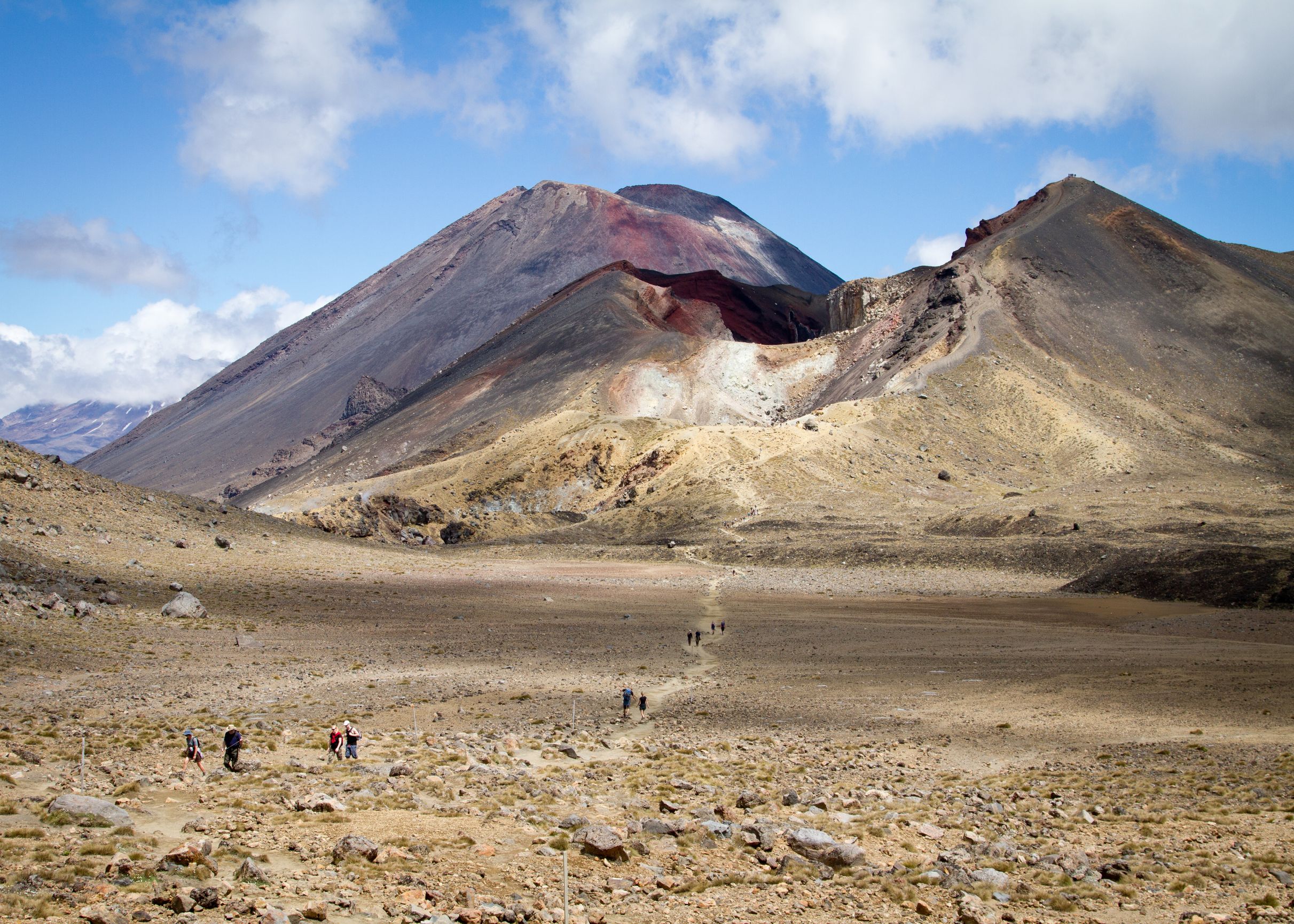
Scientists in New Zealand raised the alert level for the volcano beneath the country’s largest lake, which caused the largest eruption on Earth in the previous 5,000 years when it erupted about 1,800 years ago.
The geological agency GeoNet said in a statement that it had detected nearly 700 small earthquakes beneath Lake Taupo, the caldera formed by the massive volcano, and that the volcanic alert level had been raised to 1 from 0.
The volcanic alert system is based on six escalating levels of unrest, but Geonet notes that eruptions can occur at any level, and levels may not move in sequence due to the volatility of activity.
When it last erupted around 200 BCE, the Taupo volcano ejected more than 100 cubic kilometres of material into the atmosphere, destroying a large area of New Zealand’s central North Island before human habitation. According to Geonet, the eruption was the largest in the last 5,000 years.
GeoNet added that while this was the first time the Taupo Volcano alert level had been raised to 1, it was not the first time there had been unrest and that the likelihood of an eruption remained very low.
“The earthquakes and deformation could continue for the coming weeks or months,” it said.
New Zealand sits on the tectonic plate boundary between the Pacific and Australian plates, resulting in significant volcanism and earthquakes.
White Island, also known as Whakaari, erupted unexpectedly in 2019, spewing steam and ash and killing 22 people and seriously injuring 25, the majority of whom were tourists.